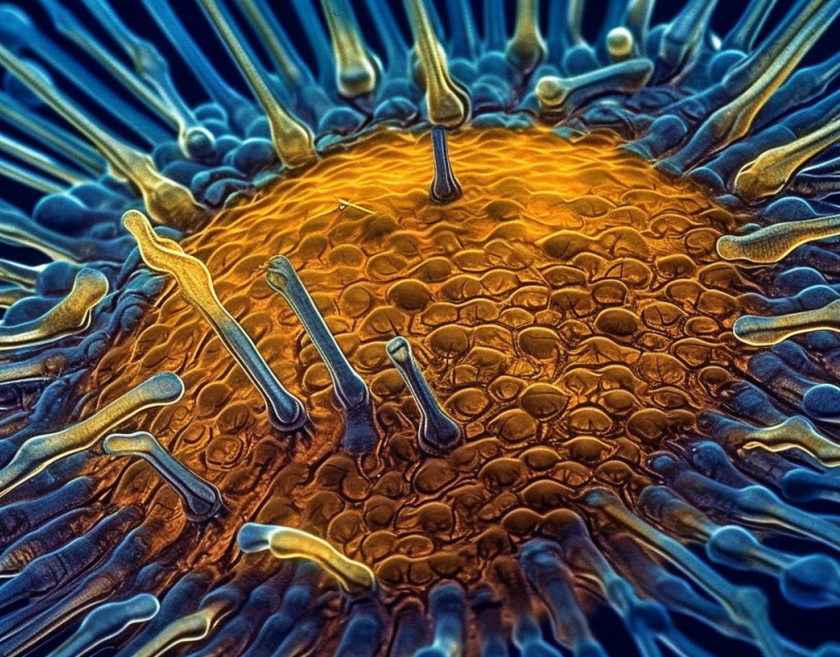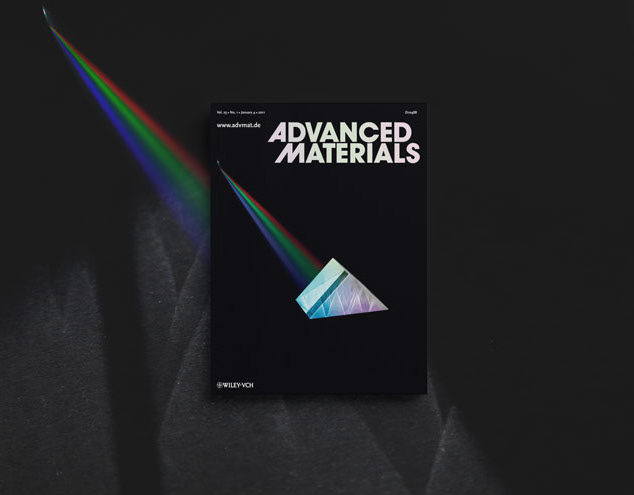Superhydrophobic surfaces have a range of applications in biotechnology and medicine thanks to their ability to stay dry, keep clean and avoid biofouling. Their water-repellent properties come from nanoscale surface roughness, which minimizes contact between the liquid and the surface. But this comes at a price, as it also makes the surface fragile, leading many to believe that high water repellency and material robustness are mutually exclusive properties. Robin Ras, Xu Deng and co-workers suggest otherwise. They present a surface constructed at two length scales: a nanostructure that imparts high water repellency and a microstructure frame that houses pockets of the nanostructure. The researchers describe the frame as an armour that protects the nanostructure and say the concept can be applied to silicon, ceramic, metal and transparent glass to form superhydrophobic surfaces that can withstand a steel blade and sandpaper abrasion.
The full paper, Design of robust superhydrophobic surfaces can be read online at
https://doi.org/10.1038/s41586-020-2331-8
The full paper, Design of robust superhydrophobic surfaces can be read online at
https://doi.org/10.1038/s41586-020-2331-8









